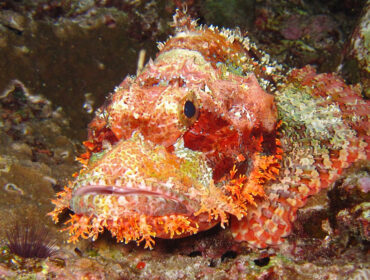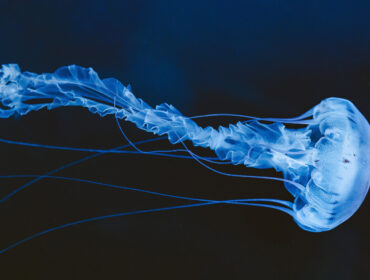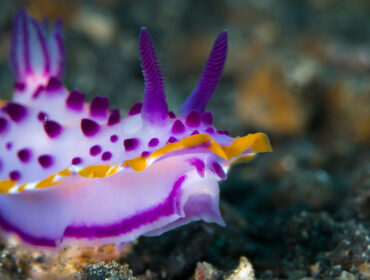The marine biome is the largest, and perhaps the most important ecosystem on Earth. Though the ocean floor still remains in large part a mystery, the marine biome covers almost 70% of the Earth’s surface. Much of the world’s oxygen supply comes from a variety algae growing throughout the ocean ecosystem. The biomes of the ocean are as varied and diverse as those found on land. Each ocean biome is also subdivided into zones based on the water’s depth. Each zone is characterized by a vast array of beautiful and sometimes eerie sea life.
The intertidal zone is the area that divers and biologists are most familiar with. These zones are points where the ocean meets the land – more commonly known as simply the seashore. As waves and tides flow in and out, these areas are sometimes exposed to the open air and sometimes submerged by sea water. Intertidal zones are home to algae and sea plants as well as familiar species of starfish, crabs, snails and small fish.
The pelagic zone begins further out into the sea and is essentially the open ocean. Beyond the shore and reefs, this zone is characterized by a mixing of cold and warm ocean currents. Whales and dolphins make their home here, and feed on the tons of plankton native to this area.
The benthic zone is a sort of limbo area of the ocean. Deeper than the pelagic zone but not as deep as the dark abyssal zone, this zone is home to a rich population of algae, bacteria, sponges, sea stars and fish. Due to its nutrient rich flora, larger sea animals that make their home in the pelagic zone often come to the benthic zone to feed.
The abyssal zone is one of the most eerie biomes of the ocean. Here, light fails to penetrate the water leaving all who inhabit this zone in pitch blackness. The water is highly pressurized and very cold. Despite the harsh conditions the deepest depths of the ocean are not without life. Bacteria that thrive near thermal vents are a rich source of food for invertebrates and fish.
Beneath the ocean’s waves hides a thriving ecosystem that science is only beginning to understand. From the ever changing pools of the sea shore to the cold, dark void of the deep ocean the Earth’s marine biomes are both beautiful and mysterious.




